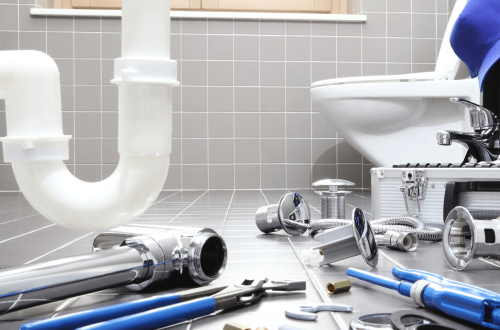Defining Your Niche and Expertise
Rather than marketing as a “general repair” shop, choose one or two areas to specialize in—smartphones, HVAC systems, kitchen appliances, or precision electronics. Develop deep expertise by completing manufacturer‑certified training, subscribing to industry forums, and conducting hands‑on practice with teardown kits. A focused skill set lets you command premium rates, troubleshoot complex issues faster, and build a reputation as the go‑to expert for specific repair types.
Streamlining Client Intake and Ticketing
Efficient workflows begin the moment a customer contacts you. Implement an online booking portal that captures device model, issue description, and preferred drop‑off times. Generate a ticket with a unique ID for each job, and track status—diagnosis, parts ordering, repair in progress, quality check, and pickup—through a simple CRM or ticketing tool (e.g., Zoho Desk, RepairQ). Automated email or SMS updates at each stage keep clients informed, reduce calls, and enhance perceived professionalism.
Sourcing Quality Parts and Tools
Repair quality hinges on genuine or high‑grade replacement components. Establish relationships with authorized parts distributors or verified aftermarket suppliers to ensure consistency and warranty compliance. Invest in specialty tools—precision screwdrivers, ESD bench mats, thermal rework stations—and maintain calibration records. Bulk‑order high‑consumption items (screws, adhesives, filters) to reduce per‑job cost, while keeping slower‑moving inventory lean to avoid capital tie‑up.
Implementing Transparent, Value‑Based Pricing
Transparent estimates build trust. During initial diagnosis, provide a tiered quote: a flat diagnostic fee, parts cost at invoice, and a standardized labor rate. Offer package deals (e.g., “Screen replacement + waterproof seal” or “Full HVAC tune‑up and filter swap”) at a modest discount over à la carte pricing. Publish basic price ranges on your website so clients understand ballpark costs upfront and feel confident choosing your service without sticker shock.
Ensuring Rigorous Quality Assurance
Before returning any item, run a comprehensive test tailored to the repair: boot cycles for electronics, pressure testing for plumbing, temperature consistency for ovens. Document test results—recording serial numbers, before‑and‑after performance metrics, and technician notes—in each ticket’s log. Offer a limited warranty (30–90 days) on both parts and labor, clearly spelling out coverage terms. Robust QA prevents costly rework, reduces negative reviews, and encourages repeat business.
Delivering Exceptional Customer Experience
Technical excellence must be matched by personal service. Train staff in clear, jargon‑free communication—explaining what went wrong, how it was fixed, and how to prevent future issues. Provide courtesy pickup/drop‑off options or loaner units during extended repairs. Solicit feedback via a brief survey post‑service, and address any concerns promptly with goodwill gestures (discounts, expedited follow‑up). A seamless, caring experience transforms one‑time customers into lifelong advocates.
